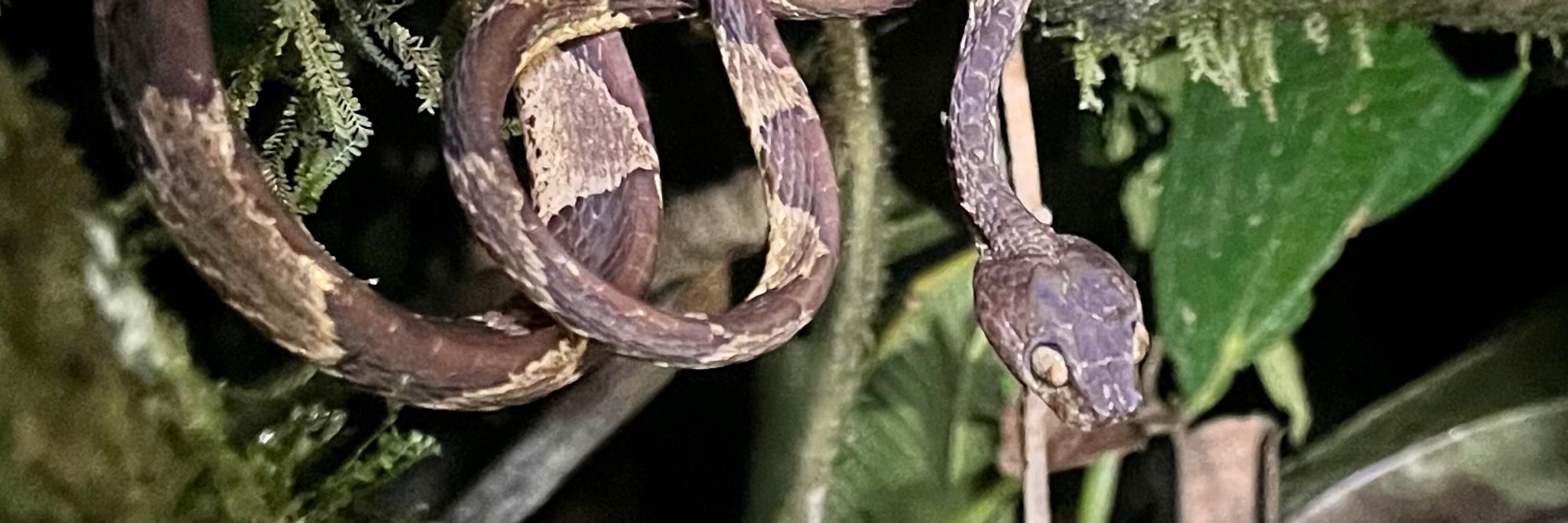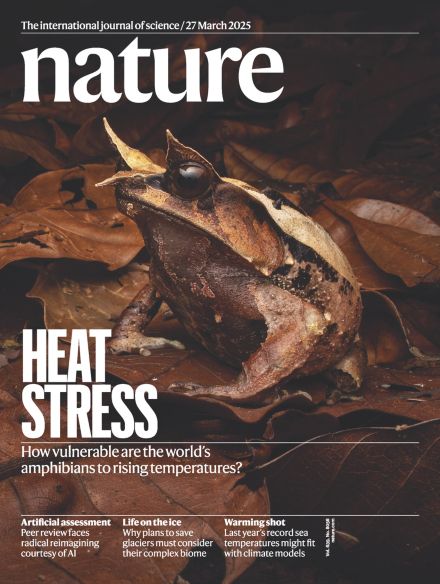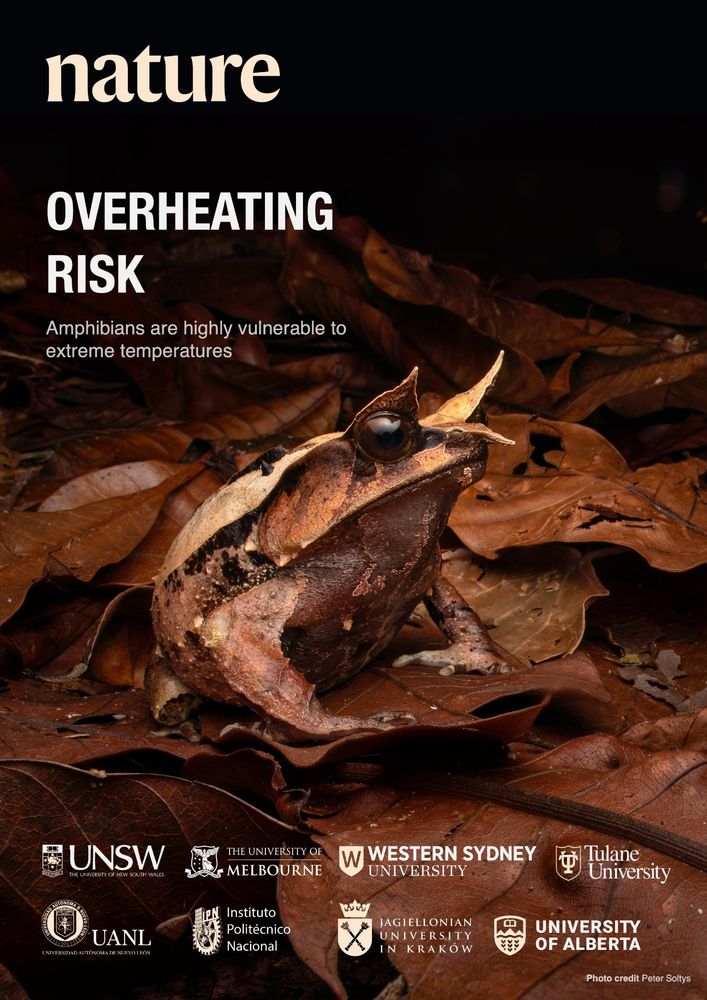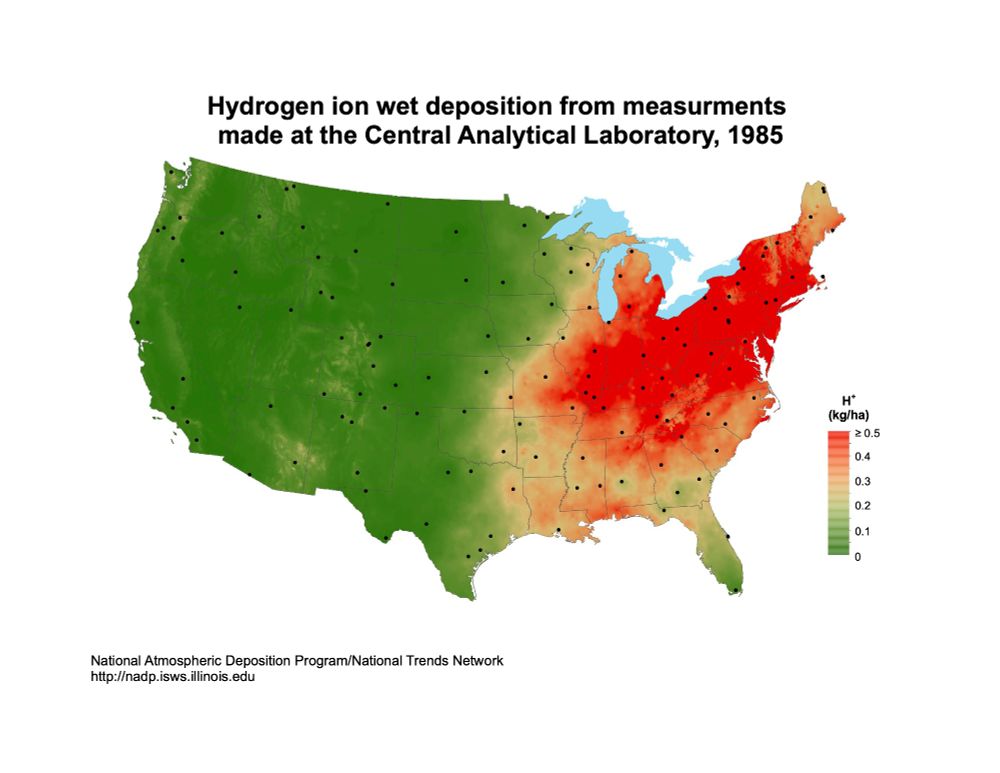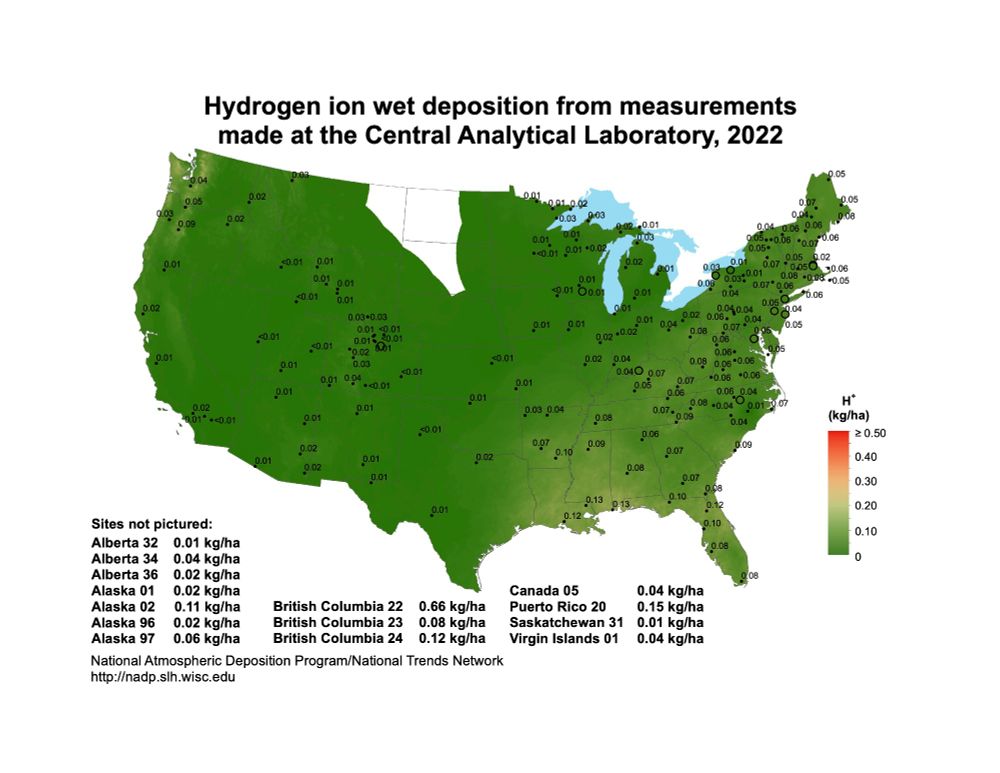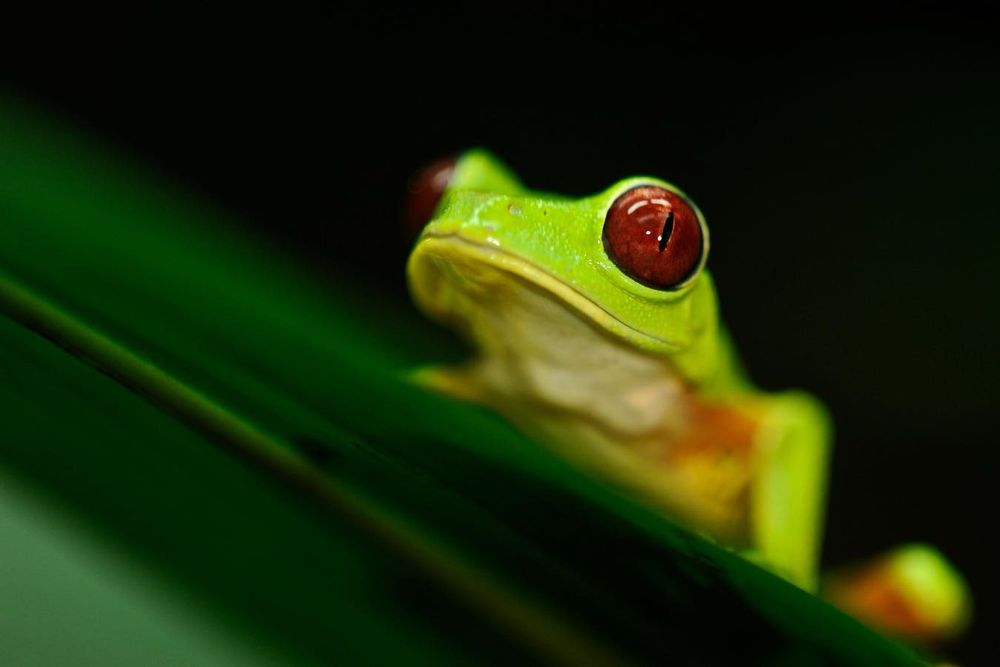Alex Gunderson
@agunderson.bsky.social
1.4K followers
1.4K following
110 posts
Assistant professor, Dept of Ecology and Evolutionary Biology, Tulane. Eco-evo physiology, thermal biology, heavy metals, global change.
http://www.physiologicalecology.com
https://scholar.google.com/citations?user=7m2bmbsAAAAJ&hl=en&oi=ao
Posts
Media
Videos
Starter Packs
Reposted by Alex Gunderson
NOLA.com
@nolanews.bsky.social
· Aug 22

Lizards in New Orleans have highest blood-lead levels ever recorded, study finds
Brown lizards in New Orleans carry more lead in their blood than any other animal on record — levels that would kill humans — yet they seem unfazed, according to new Tulane study.
bit.ly
Reposted by Alex Gunderson
Alex Gunderson
@agunderson.bsky.social
· Dec 11

Extreme lead tolerance in an urban lizard
Lead (Pb) is an extremely toxic heavy metal pollutant pervasive in many environments with serious health consequences for humans and wildlife. Identifying organisms that can serve as biomonitors of le...
www.biorxiv.org
Reposted by Alex Gunderson
Alex Gunderson
@agunderson.bsky.social
· Mar 27
Alex Gunderson
@agunderson.bsky.social
· Mar 24
Reposted by Alex Gunderson
Reposted by Alex Gunderson
Nature
@nature.com
· Mar 5

Evolution of temperature preference in flies of the genus Drosophila - Nature
A study using flies of the genus Drosophila adapted to life in diverse thermal environments shows how evolution has shaped temperature preference by acting on both molecular heat receptors and thermosensory circuits in the flies.
go.nature.com
Reposted by Alex Gunderson
Reposted by Alex Gunderson
Reposted by Alex Gunderson
Thom Sanger
@thomsanger.bsky.social
· Feb 5
Reposted by Alex Gunderson
Andrew M Leber
@andrewleber.bsky.social
· Jan 29
Alex Gunderson
@agunderson.bsky.social
· Jan 28

Heat sensitivity of sperm in the lizard Anolis sagrei
Summary: Investigation of gamete heat sensitivity reveals heat tolerance and repeatability in lizard sperm. These findings are essential for understanding reproductive responses to climate change.
journals.biologists.com
Reposted by Alex Gunderson
Karen Hao
@karenhao.bsky.social
· Jan 27
